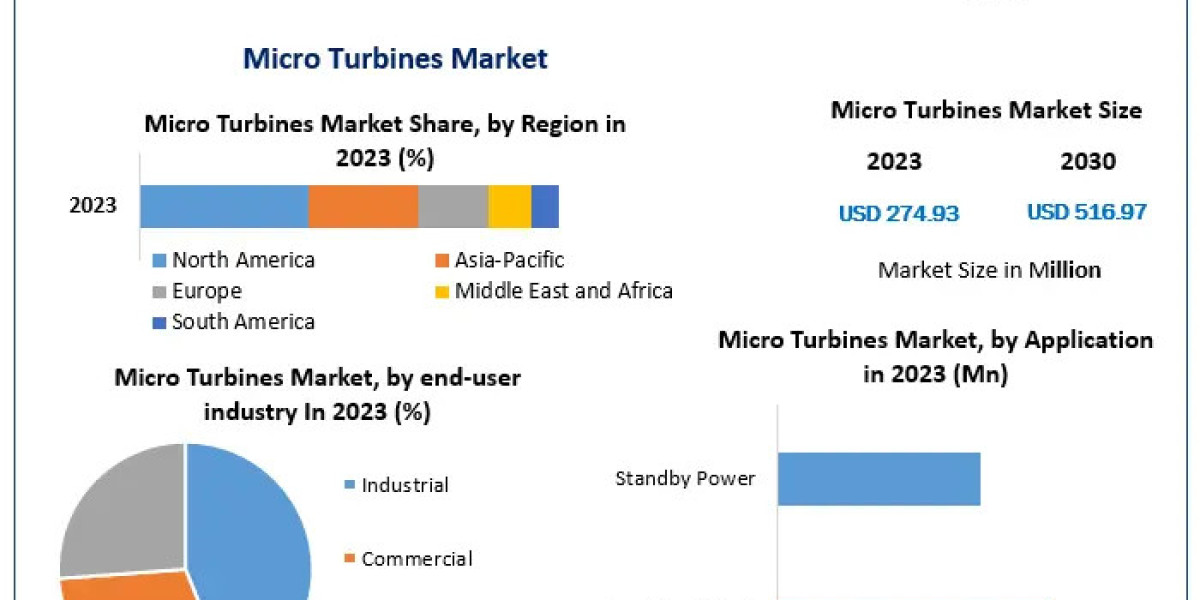Continuous Renal Replacement Therapy (CRRT) is a critical component in the management of acute kidney injury (AKI), particularly in patients who are hemodynamically unstable. CRRT offers several modalities, each with specific applications and benefits. The main modalities include Continuous Venovenous Hemofiltration (CVVH), Continuous Venovenous Hemodiafiltration (CVVHDF), Continuous Venovenous Hemodialysis (CVVHD), and Slow Continuous Ultrafiltration (SCUF). Here’s an in-depth look into each modality and its significance in the Continuous Renal Replacement Therapy Market.
Continuous Venovenous Hemofiltration (CVVH):
CVVH is a widely used CRRT modality where solute removal occurs primarily through convection. In this process, a large volume of plasma water is filtered through a semipermeable membrane, and replacement fluid is infused to maintain fluid balance and electrolyte levels. CVVH is particularly effective in removing large molecules and managing fluid overload, making it ideal for patients with severe sepsis or acute decompensated heart failure. The demand for CVVH is driven by its ability to provide continuous and gentle solute removal, which is crucial for critically ill patients.
Download the PDF Brochure at https://www.marketsandmarkets.com/pdfdownloadNew.asp?id=246917088
Continuous Venovenous Hemodiafiltration (CVVHDF):
CVVHDF combines the processes of convection and diffusion to enhance solute clearance across a wide range of molecular sizes. This modality uses a dialysate solution and a high-volume hemofiltration technique to maximize the removal of both small and large solutes. CVVHDF is often preferred in situations where there is a need for comprehensive solute removal, including patients with multi-organ failure. The versatility and effectiveness of CVVHDF in managing complex cases of AKI contribute significantly to its growing adoption in intensive care units (ICUs).
Continuous Venovenous Hemodialysis (CVVHD):
CVVHD relies primarily on diffusion for solute clearance, using a dialysate solution that flows countercurrent to the blood. This modality is particularly efficient in removing small to medium-sized solutes, such as urea and electrolytes. CVVHD is often chosen for patients who require precise control over solute balance and are at risk of rapid electrolyte shifts. The modality’s ability to provide steady and controlled dialysis over extended periods makes it a cornerstone in the management of hemodynamically unstable patients with AKI.
Slow Continuous Ultrafiltration (SCUF)
SCUF focuses on the removal of excess fluid from the patient’s blood, primarily using ultrafiltration without significant solute removal. This modality is employed in patients suffering from fluid overload, particularly those with congestive heart failure or other conditions leading to edema. SCUF helps in gently and effectively managing fluid balance without impacting electrolyte levels significantly. Its targeted application in fluid management makes it a critical tool in the therapeutic arsenal for critically ill patients.
Market Dynamics and Trends
The Continuous Renal Replacement Therapy market is witnessing substantial growth due to several factors, including the increasing incidence of AKI, advancements in CRRT technology, and the rising adoption of CRRT in ICUs worldwide. Each modality of CRRT offers distinct advantages tailored to specific clinical needs, thereby expanding the overall market.
Technological Advancements
Technological innovations, such as the development of more efficient and user-friendly CRRT machines, have significantly enhanced the efficacy and safety of these modalities. Integrated software for real-time monitoring and adjustments, along with improvements in filter and membrane technology, have further driven the adoption of CRRT.
Increasing Adoption
The growing awareness among healthcare providers regarding the benefits of CRRT, coupled with the rising prevalence of conditions leading to AKI, has resulted in increased adoption rates. Hospitals and clinics are increasingly investing in advanced CRRT equipment to provide comprehensive care for critically ill patients.
Direct Purchase at https://www.marketsandmarkets.com/Purchase/purchase_reportNew.asp?id=246917088
The Continuous Renal Replacement Therapy market, segmented by modality, is evolving rapidly, driven by the need for specialized and efficient renal support therapies. Each modality—CVVH, CVVHDF, CVVHD, and SCUF—offers unique benefits tailored to specific clinical situations, contributing to the overall growth and diversification of the market. As technological advancements continue and the prevalence of AKI rises, the demand for CRRT and its various modalities is expected to surge, ensuring better patient outcomes and advancing critical care nephrology.








